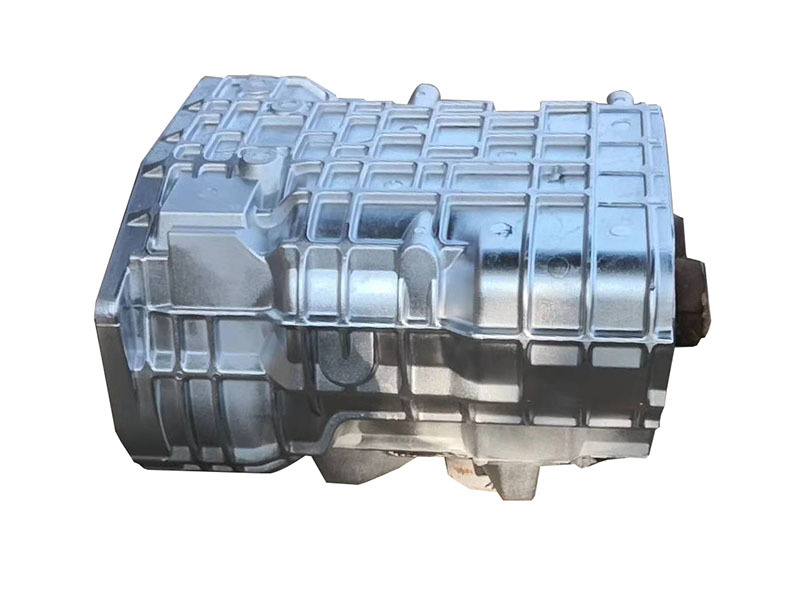Low pressure casting
Key words:
Classification:
Product Description
Low pressure casting is an earlier anti-gravity casting technology, inUsed in industrial production in the 1940 s. Nowadays, low-pressure castings are mainly used to produce aluminum and magnesium alloy parts, such as automobile wheels, cylinder blocks, cylinder heads, pistons, impellers, wind guides and other complex-shaped castings in the automotive industry.
The automotive industry has high quality requirements. When using low-pressure casting to produce cast steel, the risers must be made of special refractory materials. Low pressure casting can also be used for small copper alloy castings, such as pipe fittings, bathroom cock faucets, etc. The technology has been industrialized abroad.
Low pressure casting can use sand, metal, graphite, etc. The filling process is different from gravity casting (such as metal casting and sand casting), and also different from high-pressure and high-speed filling pressure casting. Has the following advantages:
1. Filling with pure liquid metal can improve the purity of the casting. Since molten slag usually floats on the surface of the molten metal, low-pressure casting fills the lower part of the crucible with molten metal through a riser, thereby avoiding the possibility of molten slag entering the cavity.
2. The molten metal is evenly filled, reducing or avoiding the rolling, impact and splashing of the molten metal during the filling process, thereby reducing the formation of oxidized slag.
3. Low pressure castings have good formability. Filling molten metal under pressure can improve the fluidity of molten metal, which is conducive to the formation of castings with clear contours and smooth surfaces, and is more conducive to the formation of large thin-walled castings.
4. The casting crystallizes and solidifies under pressure, can be completely fed, and the casting structure is dense.
5. Low pressure casting can improve the output of molten metal. Under normal circumstances, a standpipe is not required, and the uncondensed metal in the standpipe can be returned to the crucible for reuse, greatly increasing the output of molten metal. Usually up to 90%.
6. Convenient production and operation, good working conditions, high production efficiency, easy to realize mechanization and automation,
Low pressure casting also has some disadvantages. The investment in equipment and molds is relatively large. In the production of aluminum alloy castings, the crucible tube and riser are in contact with the molten metal for a long time and are susceptible to corrosion and debris, which will also cause the molten metal to increase iron and reduce its performance.
Related Products
Product inquiry
Sales Hotline:+86-18331916658
Sales Hotline:+86-17732979583
Fax:0086-319-5672177
E-mail:pengyuzhuzao@163.com
Address: Dongding Village, Sujiazhuang Town, Ningjin County, Xingtai City, Hebei Province

View mobile phone official website
Copyright©2022 Ningjin Pengyu Auto Parts Co., Ltd.


